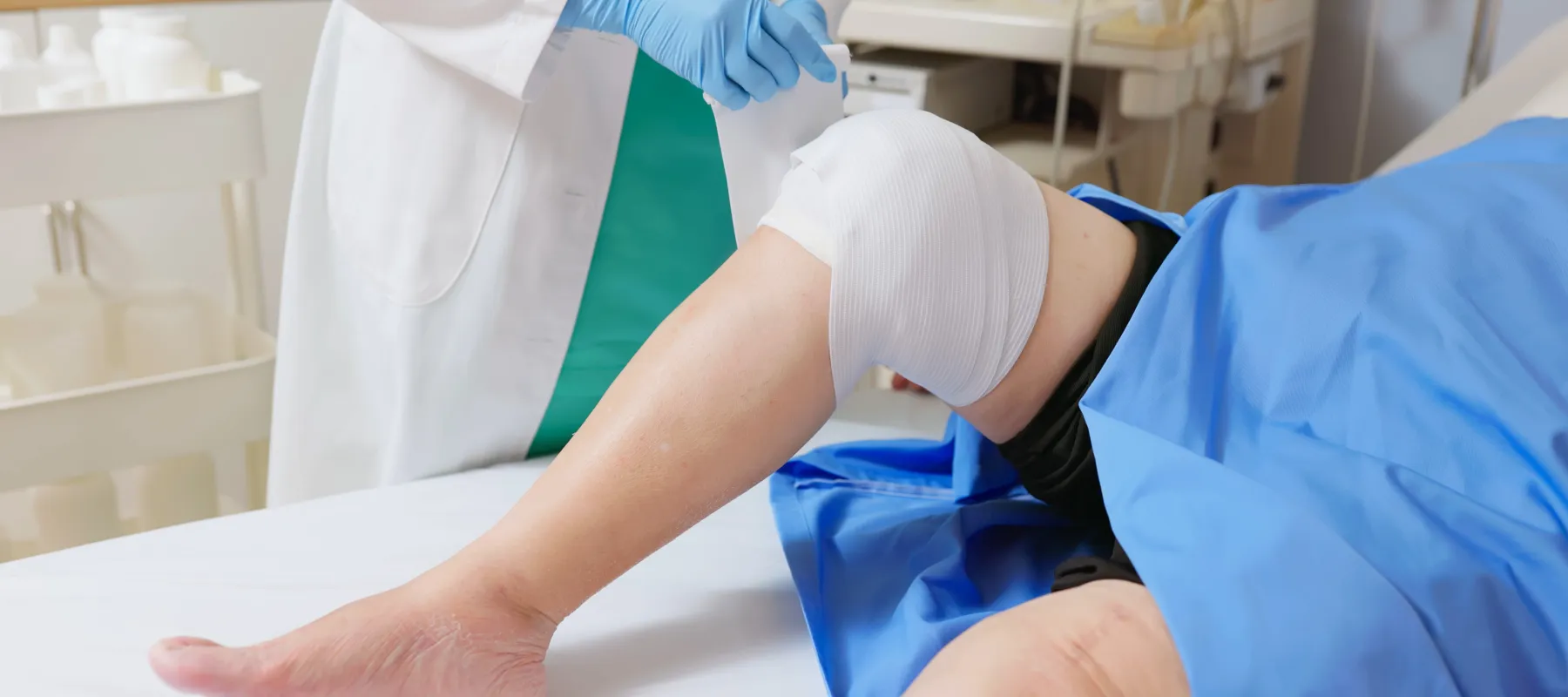
What Are the Risks or Possible Complications of Knee Replacement?
Written by: Dr. Timothy Alton
Understanding Surgical Risks
Like any surgery, knee replacement has risks. Fortunately, major complications are uncommon, but it's important for patients to be aware. Common risks include infection, blood clots, stiffness, or implant loosening over time. While this may sound concerning, it's worth remembering that the overwhelming majority of patients recover smoothly and benefit greatly from surgery.
Infection
Infection is one of the more serious risks, though it occurs in less than 1% of patients. Preventive antibiotics, sterile technique, and careful monitoring all help reduce this risk. If an infection occurs, additional treatment such as antibiotics or even revision surgery may be necessary. Patients with diabetes or immune system concerns are at slightly higher risk, which is why we optimize health before surgery. We take every precautionary measure to decrease your risk and overall, joint replacement surgery is very safe.
Blood Clots
Blood clots can form in the legs after surgery. To prevent this, patients are given blood thinners, encouraged to walk soon after surgery, and may wear compression stockings. Recognizing symptoms like swelling, redness, or pain in the calf is important so treatment can begin right away if needed.
Other Possible Issues
Other risks include stiffness, instability, or implant loosening. Some patients may require manipulation under anesthesia if the knee becomes too stiff early in recovery. Some patients heal "too fast" and this scar tissue forms rapidly. In rare cases, nerve or blood vessel injury can occur. Allergies to metal implants are uncommon and modern implants have mitigated this risk.
Minimizing Risk
Modern surgical techniques, robotics, and improved implants all work to reduce complications. Careful patient selection, medical optimization, and adherence to rehabilitation protocols are equally important in minimizing risks. We take every possible precaution to decrease your risk.
Conclusion: Risk vs. Benefit
While there are risks with knee replacement, the vast majority of patients recover well and experience lasting pain relief. Careful planning, modern techniques, and close follow-up minimize these risks and maximize successful outcomes.
